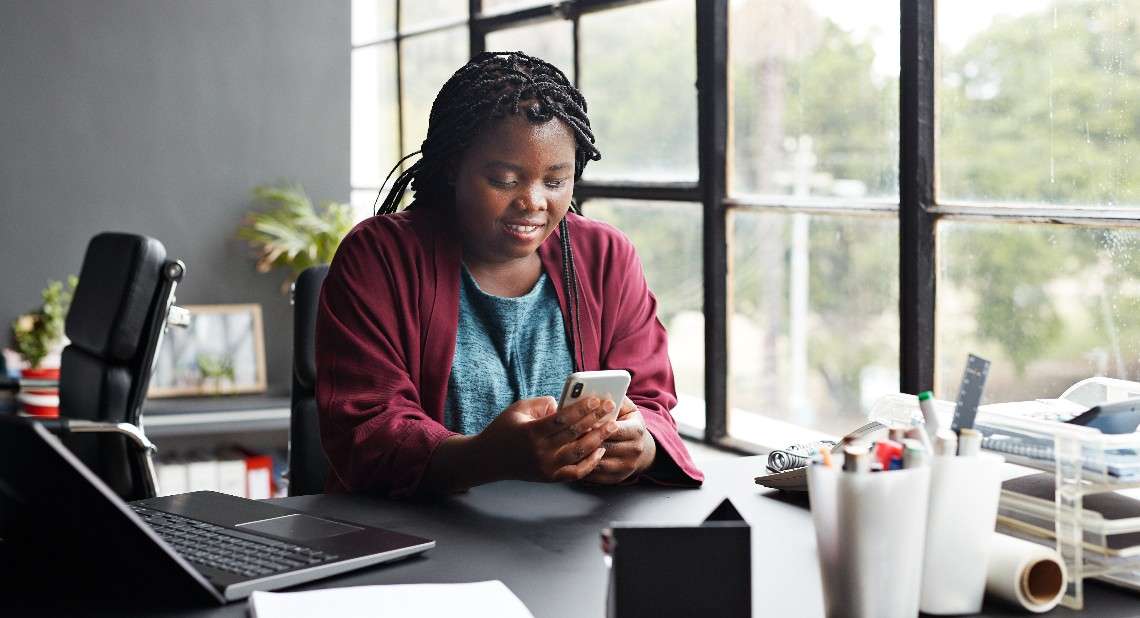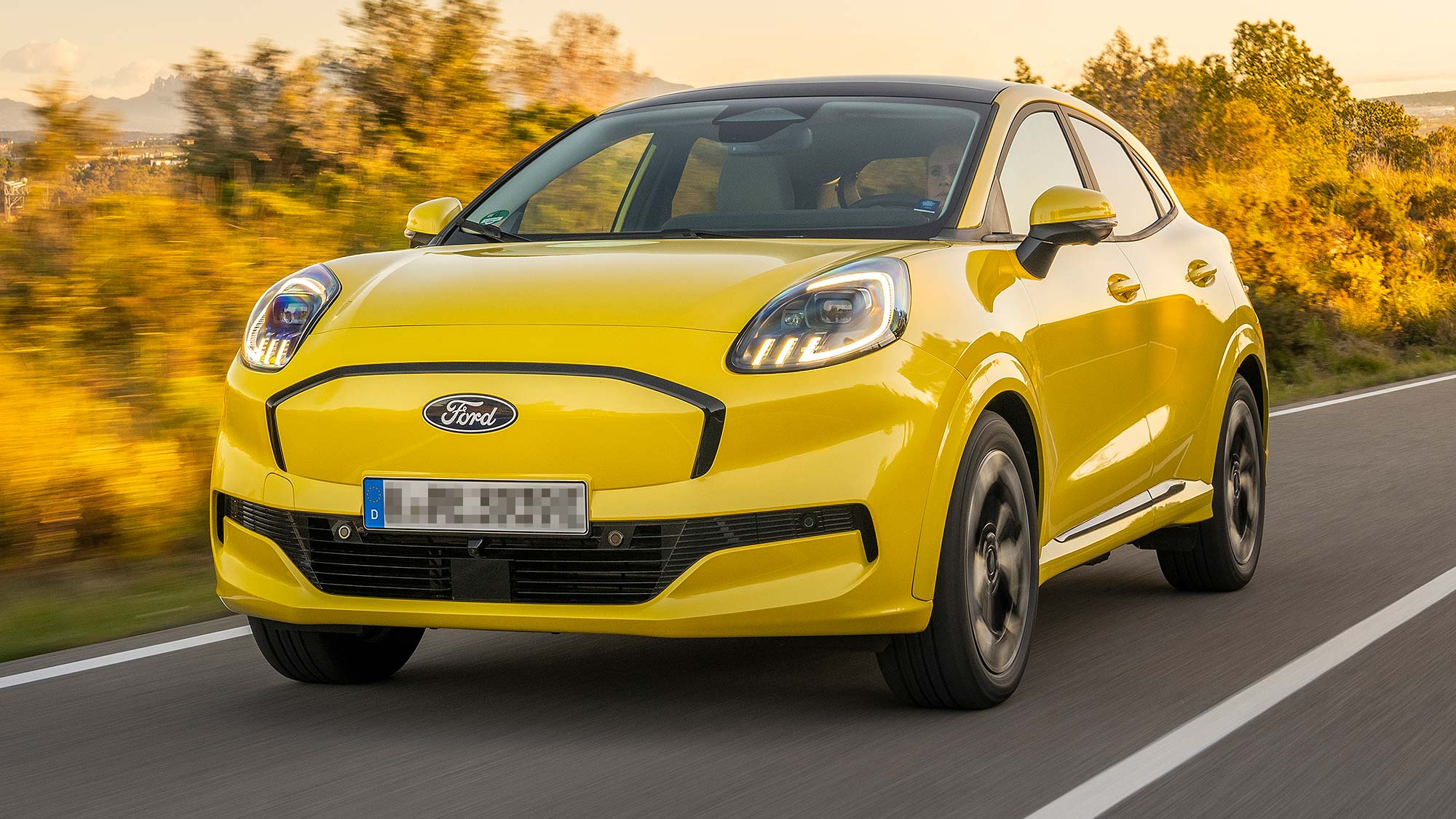Advances in technology are making the world more easy to understand and navigate than ever before. Here are five assistive tech products designed to change lives.
1. Sesame Enable
Free
Sesame Enable is a company founded by a quadriplegic and a handful of enthusiastic engineers whose mission was to create hands-free, head-controlled access for smartphones, tablets and computers for those living with motor neurone disease (MND), spinal cord injuries, Multiple Sclerosis and other degenerative conditions.
Available on Android and iOS, Open Sesame utilises the device’s front camera for monitoring subtle head movements, creating a cursor that is controlled through subtle head movements and allowing the user to write text messages, use apps, make calls and much more without having to operate a touch screen, mouse or trackpad.
2. Be My Eyes
Free
Be My Eyes is an app designed to help visually impaired people connect with users to assist with everyday tasks. For example, if the user needs to know if the expiry date on their milk has passed, identifying a colour, navigating new surroundings or any other everyday task large or small, the Be My Eyes app connects them to a virtual assistant who guides them through via a live call.
The app works by sharing the user’s smartphone camera with the volunteer. When the user taps the app to ask for assistance, they are connected to their helper within seconds. Its effectiveness relies on the willingness of people to sign up as volunteers – the response amazed its founder, the visually-impaired Hans Jorgen Wiberg, who currently has 306,021 blind and low-vision users signed up to the app, and almost five million volunteers offering their eyes.
The app is free and available for Android and iOS.
3. Navigation Apps
Free
A growing number of smartphone apps are making it easier for the visually impaired to safely navigate the world around them. Aware is an advanced ‘wayfinding’ app that provides step-by-step descriptive navigation for users. With the app downloaded (iOS and Android), and the location set, the app guides the user to their destination – its audible instructions eliminate the need to look at the screen, allowing the user to simply walk and listen.
GoodMaps Explore does an equally impressive job of helping users navigate their way inside buildings and public venues – think airports and shopping centres – and offers outdoor directions via the user’s smartphone. The app, available on iOS and Android, utilises camera-based positioning (CPS), which uses geo-referenced images to determine the user’s position. What that means is that as you walk down the street, if you shake your phone the app will tell you where you are and what’s nearby. Ingeniously, it also offers a one-touch link to a Be My Eyes assistant – making the world easier to navigate than ever before.
4. Dot Braille Watch
From approx. £225
Created by South Korean company Dot Incorporation, the Dot watch is the world’s first smartwatch for the visually impaired. Featuring a display made up of 24 small pins, its face features braille characters that allow the wearer to read the screen as they would a piece of paper. So when a text or notification arrives on the wearer’s smartphone, it is instantly translated into a braille message that arrives on the Dot’s screen via bluetooth. And when someone calls their smartphone, the Dot vibrates and displays – in braille – the details of the caller. And as for the basic function of any good watch, the Dot also tells the time – right down to the second – and offers an alarm and stopwatch.
Compatible with Android and iOS devices, a single charge can last up to 10 days. And while it isn’t cheap, its creators have packed a lot of impressive assistive tech into a very sleek, attractive, minimalist package.
5. Live Listen
From £159 (RRP for AirPod earbuds)
One of the lesser-known features of apple’s iPhone is its ability to turn it into a hearing aid at the touch of a single button. Provided the user also has apple’s AirPod earbuds, or any Made for iPhone hearing aid, flicking into Live Listen mode on their phone amplifies the sounds around them. Designed to be able to help the hard-of-hearing listen to conversations in loud environments, listen to people talking at distance or hear the TV more clearly, the phone needs to be placed close to the person who’s speaking. Cleverly, the iPhone will adapt to the user’s environment, increasing the sound for a noisy restaurant, or decreasing when the noise dies down.
About the Scheme
The Motability Scheme makes leasing a car an easy, hassle-free experience. With the Scheme, you can exchange part or all of your qualifying mobility allowance to lease a brand-new vehicle of your choice.
You’re supported by the Scheme throughout the lease as insurance for up to three named drivers, maintenance and breakdown cover is already included in the price you pay.
If you’d like to find out more about the Scheme, request an information pack below and we’ll send you all the information that you need.
Related articles
How technology can help make the roads safer for motorists
‘It removes stigma’: how tech breaks down barriers for disabled students
Smart home technology for people with disabilities
![]()





